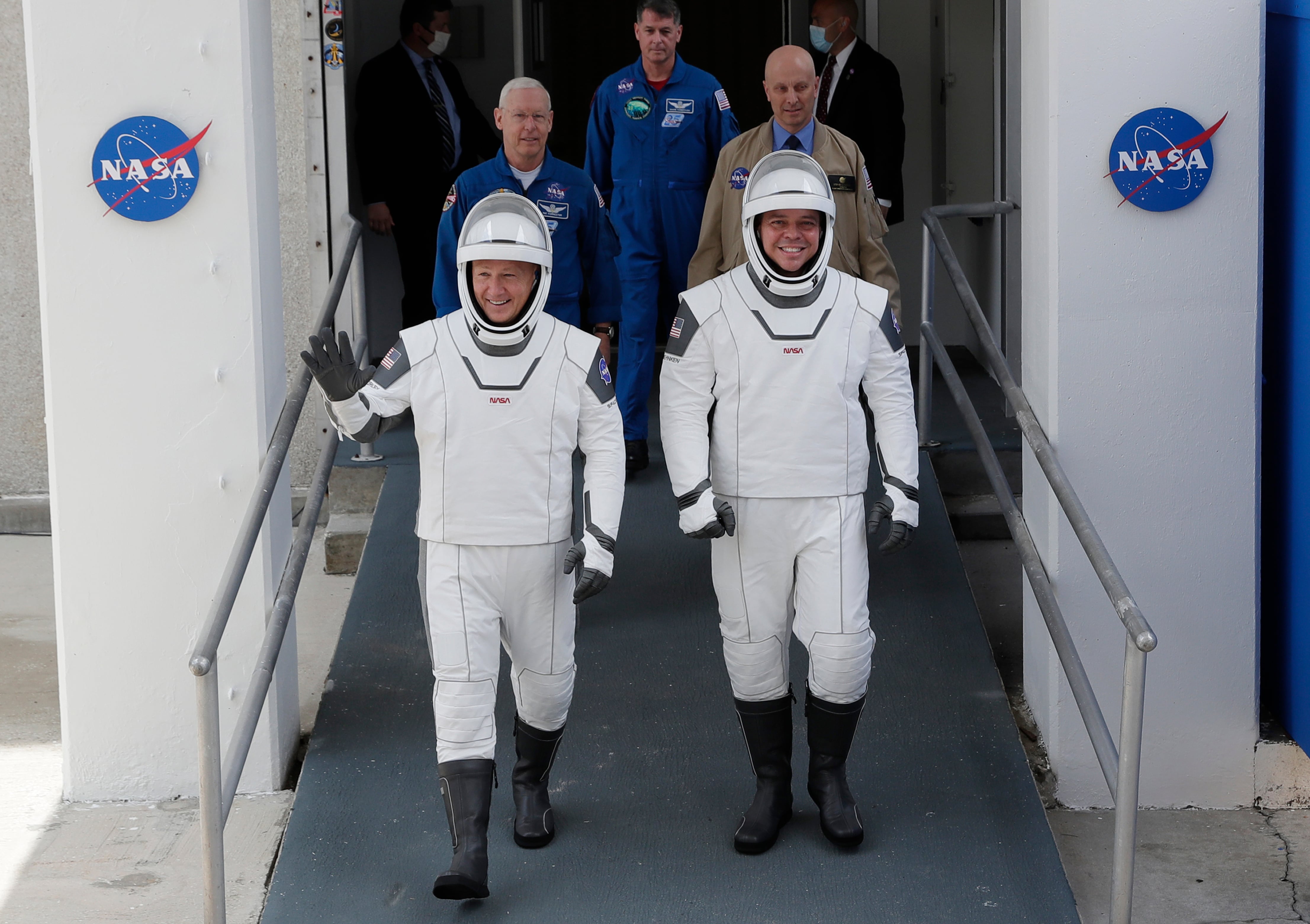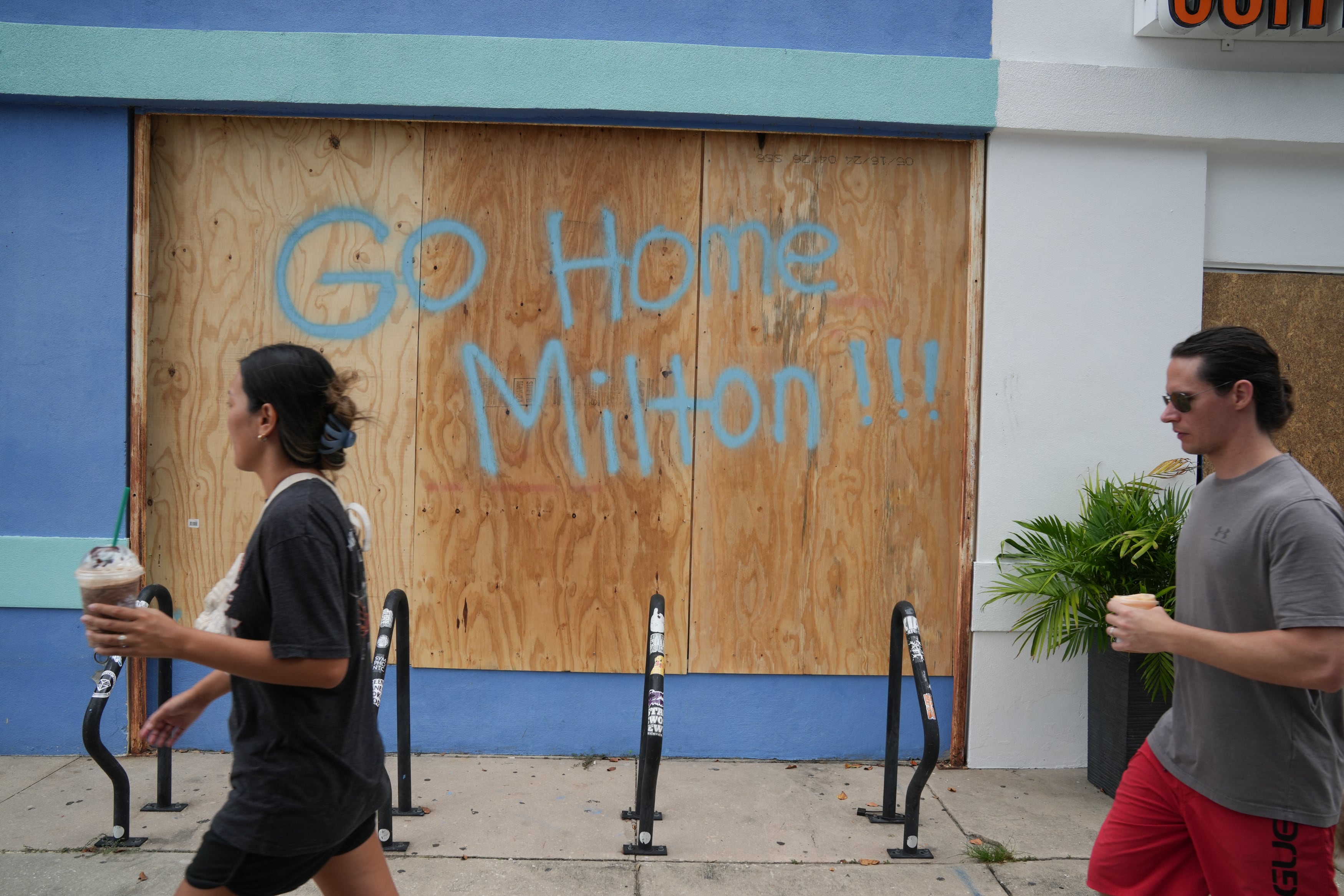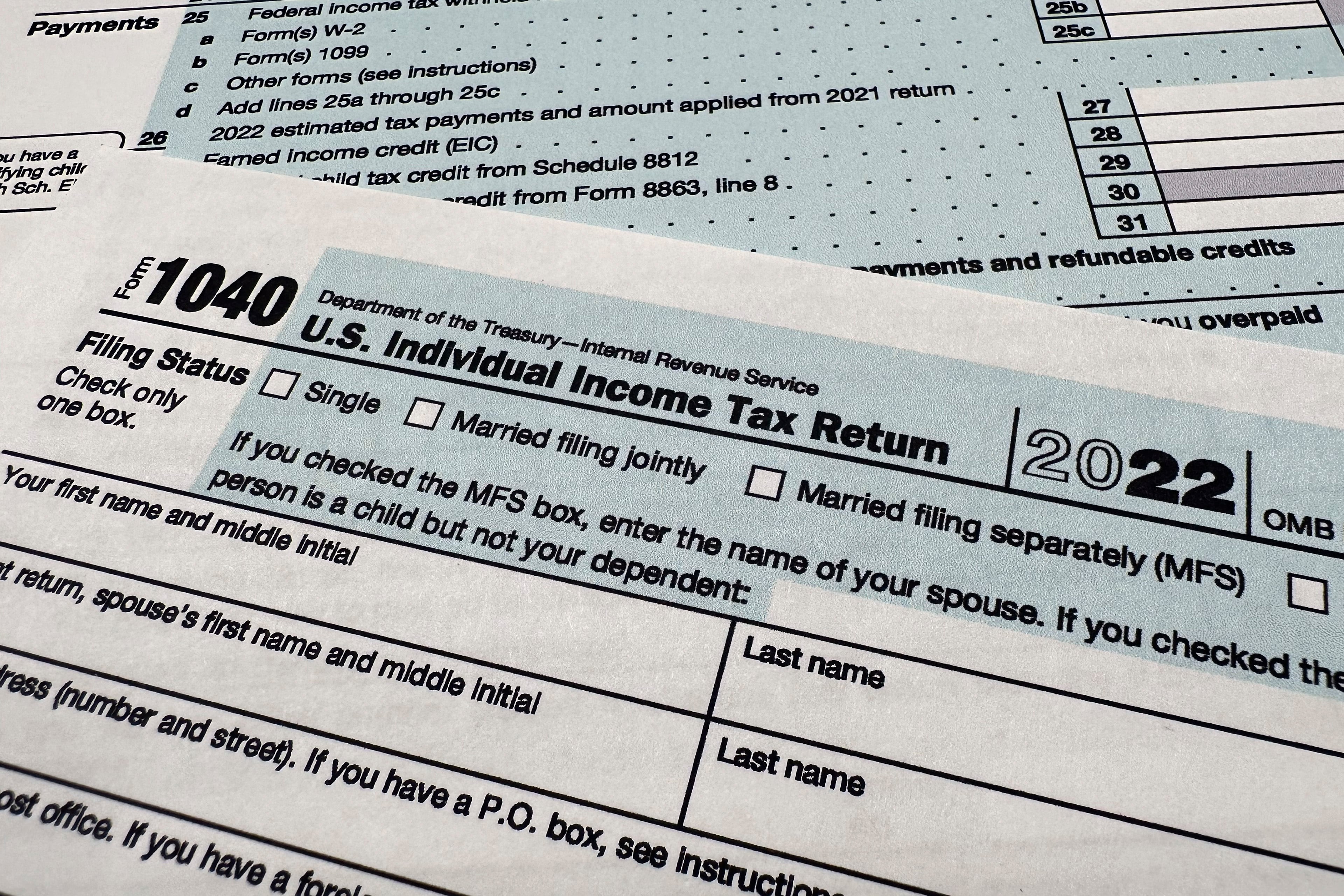By Marcia Dunn
Updated 5:01 pm ET
The launch of a SpaceX rocket ship with two NASA astronauts on a history-making flight into orbit was called off with 16 minutes to go in the countdown Wednesday because of thunderclouds and the danger of lightning.
Liftoff was rescheduled for Saturday afternoon.
The commercially designed, built and owned spacecraft was set to blast off in the afternoon for the International Space Station, ushering in a new era in commercial spaceflight and putting NASA back in the business of launching astronauts from U.S. soil for the first time in nearly a decade.
But thunderstorms for much of the day threatened to force a postponement, and the word finally came down that the atmosphere was so electrically charged that the spacecraft with NASA astronauts Doug Hurley and Bob Behnken aboard could get hit by a bolt of lightning.
“No launch for today — safety for our crew members @Astro_Doug and @AstroBehnken is our top priority,” NASA Administrator Jim Bridenstine tweeted, using a lightning emoji.
The two men were scheduled to ride into orbit aboard the SpaceX's bullet-shaped Dragon capsule on top of a Falcon 9 rocket, taking off from the same launch pad used during the Apollo moon missions a half-century ago. Both President Donald Trump and Vice President Mike Pence had arrived to watch.
The flight — the long-held dream of SpaceX founder Elon Musk — would have marked the first time a private company sent humans into orbit.
It would also have been the first time in nearly a decade that the United States launched astronauts into orbit from U.S. soil. Ever since the space shuttle was retired in 2011, NASA has relied on Russian spaceships launched from Kazakhstan to take U.S. astronauts to and from the space station.
During the day, thunder could be heard as the astronauts made their way to the pad at NASA's Kennedy Space Center, and a tornado warning was issued moments after they climbed into their capsule.
The preparations took place in the shadow of the coronavirus outbreak that has killed an estimated 100,000 Americans.
“We're launching American astronauts on American rockets from American soil. We haven't done this really since 2011, so this is a unique moment in time,” Bridenstine said.
With this launch, he said, “everybody can look up and say, ’Look, the future is so much brighter than the present.′ And I really hope that this is an inspiration to the world.”
The mission would put Musk and SpaceX in the same league as only three spacefaring countries — Russia, the U.S. and China, all of which gave sent astronauts into orbit.
“What today is about is reigniting the dream of space and getting people fired up about the future,” he said in a NASA interview before the flight was scrubbed.
A solemn-sounding Musk said he felt his responsibilities most strongly when he saw the astronauts’ wives and sons just before launch. He said he told them: “We’ve done everything we can to make sure your dads come back OK.”
NASA pushed ahead with the launch despite the viral outbreak but kept the guest list at Kennedy extremely limited and asked spectators to stay at home. Still, beaches and parks along Florida's Space Coast are open again, and hours before the launch, cars and RVs already were lining the causeway in Cape Canaveral.
The space agency also estimated 1.7 million people were watching the launch preparations online during the afternoon.
Among the sightseers was Erin Gatz, who came prepared for both rain and pandemic. Accompanied by her 14-year-old daughter and 12-year-old son, she brought face masks and a small tent to protect against the elements.
She said the children had faint memories of watching in person one of the last shuttle launches almost a decade ago when they were preschoolers.
“I wanted them to see the flip side and get to see the next era of space travel,” said Gatz, who lives in Deltona, Florida. “It’s exciting and hopeful.”
NASA hired SpaceX and Boeing in 2014 to transport astronauts to the space station in a new kind of public-private partnership. Development of SpaceX’s Dragon and Boeing’s Starliner capsules took longer than expected, however. Boeing's ship is not expected to fly astronauts into space until early 2021.
“We’re doing it differently than we’ve ever done it before," Bridenstine said. "We’re transforming how we do spaceflight in the future.”
___
The Associated Press Health and Science Department receives support from the Howard Hughes Medical Institute’s Department of Science Education. The AP is solely responsible for all content.













